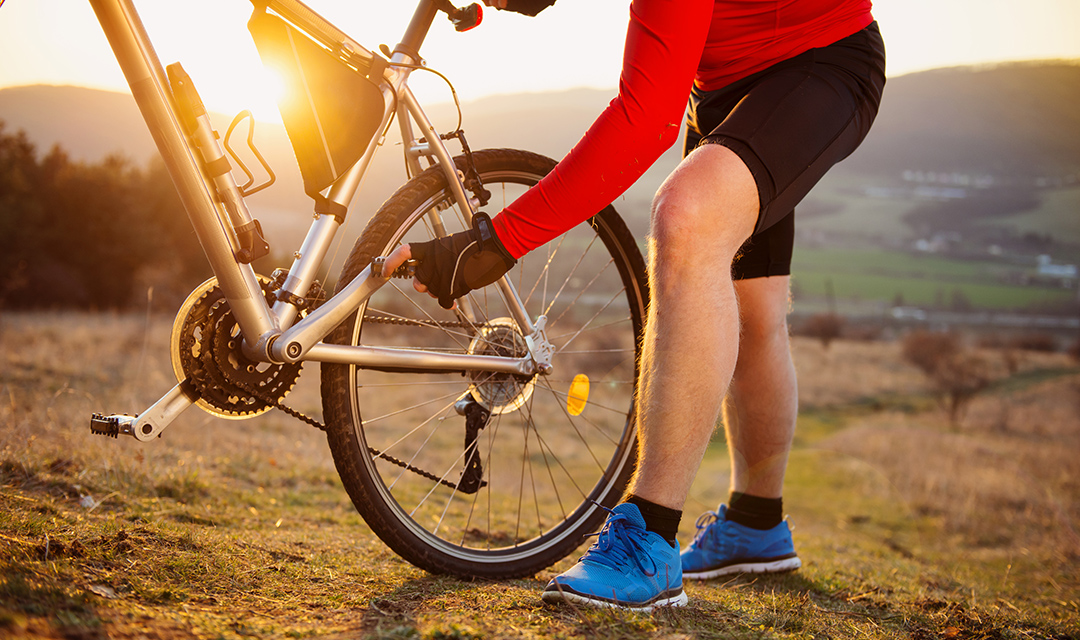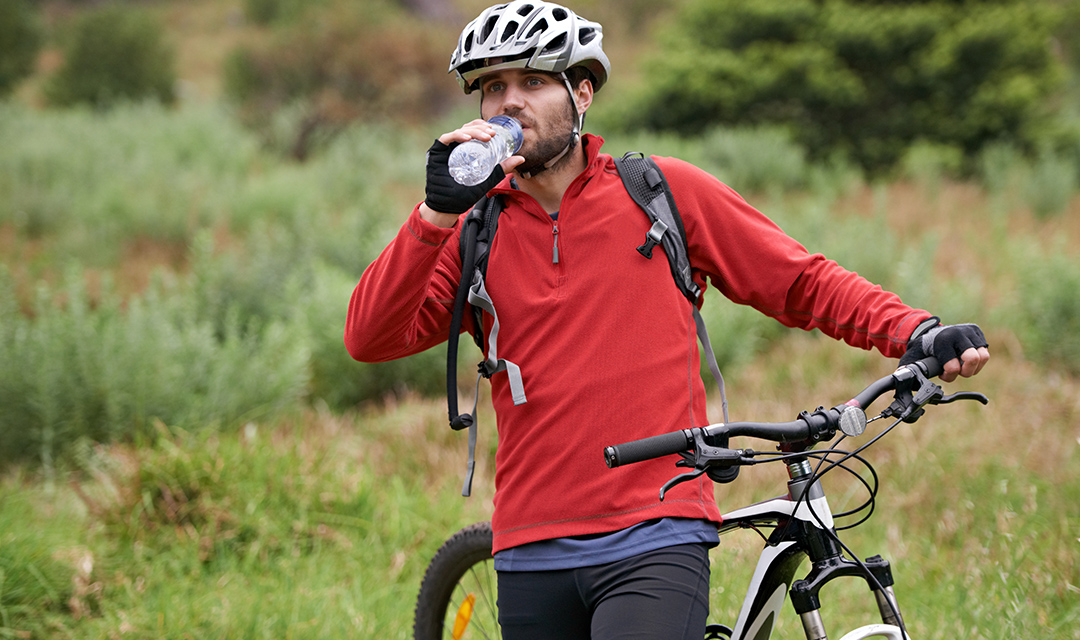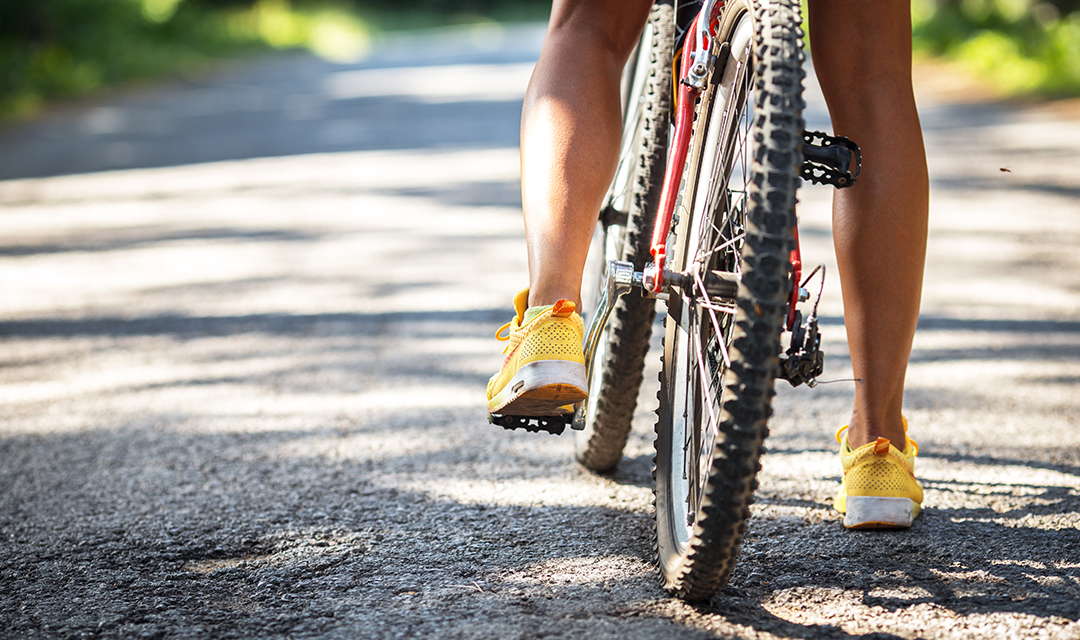Insight Orthopedics & Sports Medicine – If you’re looking for a fun way to improve your health and fitness while enjoying the outdoors, biking is one of the best options. Not only does biking help you burn calories and improve cardiovascular fitness, but it is also a low-cost eco-friendly option that reduces stress and depression, boosts brain health, and even allows you to spend time with family and friends. Although biking is a safe form of exercise, it can come with some risks if the right precautions are not taken. Whether you are a cyclist with years of experience or are interested in getting started, here are seven biking tips from our physicians at Insight Orthopedics & Sports Medicine.
Choose the Right Bike
Before you begin biking, it is crucial that you choose an appropriate bike for your needs that fits your body properly. Using a bike that is too small or large can lead to poor posture and injuries. Because every bike brand is different, it is important to refer to the manufacturer’s sizing guides for height and inseam before making a purchase. If possible, it is also recommended to consult a professional at a bike shop who can make recommendations based on your size and needs. This will also allow you to test the bike and confirm you are comfortable before making a purchase.
Don’t Forget the Gear

It is also important to always wear the correct gear while biking to prevent serious injuries and even death. A comfortable helmet that protects your head should be worn in all circumstances. A proper helmet can reduce the risk of a brain injury by up to 88 percent! Padded shorts are also recommended to both protect your body from impact and also help you stay comfortable while riding. Finally, wearing the correct footwear will play a significant role in reducing your risk of foot-related injuries. Bike shoes are designed with stiffer soles to aid in the transfer of energy while pedaling. For serious cyclists, clipped-in pedaling can help you be more efficient and keep your feet from slipping off the pedals.
Remember to Warm Up
We know the importance of warming up before running or other physical activities, but many people neglect to do so before biking. Simple exercises like quad and hamstring stretches, hip rotations, and ankle circles are all great ways to prepare your body for a bike ride and reduce your risk of injury. It is also a good idea to start out slow for the first 10-15 minutes to give your body time to increase blood flow and acclimate to riding.

Think About Posture
Posture plays a big role in a healthy bike rider – especially on longer rides. To prevent back pain, your spine should always be in a neutral, relaxed position and not slouched or overarched. Your arms should also be relaxed with your elbows tucked into your sides so you can absorb any bumps or impacts. Keep your shoulders low so you can freely move your head and stay alert. And remember to maintain a relaxed grip of the handlebars, which can prevent tension, fatigue, and nerve pain.
Drink Plenty of Fluids and Eat Snacks

Biking is an athletic activity, so it’s important to stay hydrated and fuel your body with healthy snacks. Lack of hydration and nourishment can lead to fatigue, muscle cramps, and even injuries – especially in the heat. For biking trips lasting more than an hour, bring plenty of water, as well as snacks like performance bars, dried fruits, and nuts that will help you keep your energy levels up and feeling your best.
Don’t Overdo It
Whether you are a novice biker or a pro, remember to listen to your body and avoid pushing yourself beyond your limits. Overuse injuries such as tendonitis, stress fractures, and muscle strains are all common injuries cyclists can experience. In addition to warm up exercises, gradually building your intensity as you start riding will help your body acclimate and become more resilient. And as with any athletic activity, take a break if you begin to feel pain or discomfort.
Understand the Warning Signs of Injury
If you do experience an injury while bike riding, it is important to understand the signs, symptoms, and how to respond. For cyclists, sharp or consistent pain in the joints or muscles, numbness or tingling in the hands or feet, and swelling near the knees and ankles are all signs of an injury. If you experience any of these symptoms, you should stop riding and visit a doctor or orthopedic specialist for evaluation and treatment.

Biking is a fun and fulfilling form of exercise, but it is also important to keep safety in mind to avoid injuries. Simple steps like choosing the right bike, wearing the appropriate gear, and remembering to warm up will help you stay safe and enjoy a pain-free ride. If you are a cyclist and have experienced an injury or would like to learn more about staying safe, the team at Insight Orthopedics and Sports Medicine can help. Contact us today to schedule an appointment.
Frequently Asked Questions
Q: What are the most common cycling injuries?
A: Knee pain, lower back pain, neck pain, and hand/wrist numbness are the most common injuries associated with bike riding. Serious injuries, including fractures and concussion from collisions are also possible – especially in riders not using the correct equipment or gear.
Q: How can I avoid back pain from bike riding?
A: It is important to choose the right bike for your height and terrain. The handlebars and seat should also be adjusted properly so you can maintain a comfortable, slightly bent posture.
Q: What should I do if I crash or experience an injury while bike riding?
A: If you experience pain, swelling, or are unable to move after a crash or bike injury, it is important to seek medical attention immediately to receive a thorough evaluation and proper treatment. Minor pain or injuries can usually be treated at home with the RICE method: rest, ice, compression, elevation.

